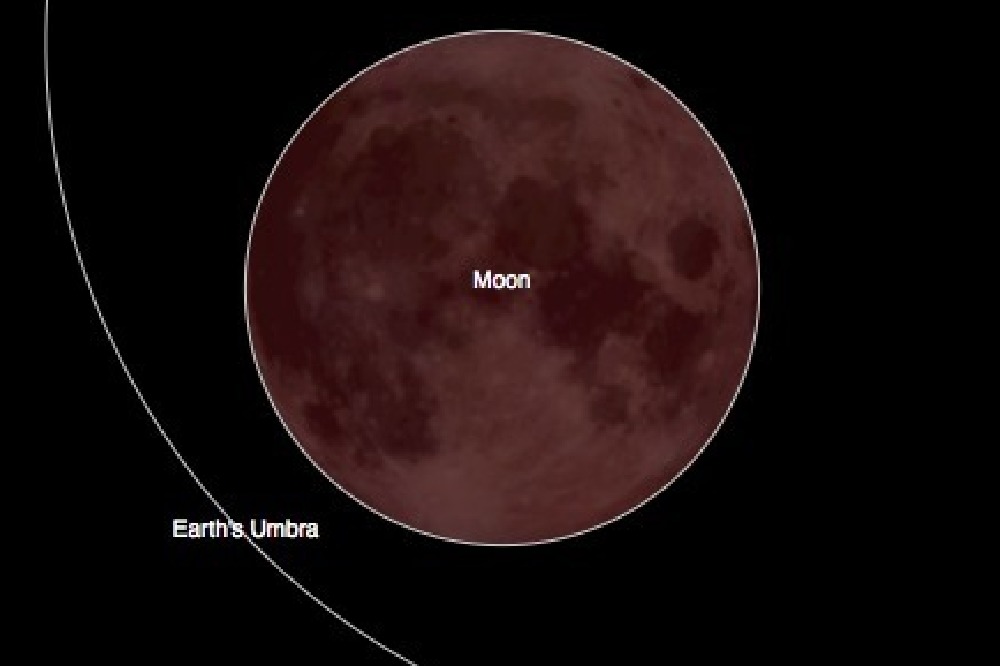On September 28, a supermoon lunar eclipse will be visible to observers in North and South America, as well as Africa, western Asia, the eastern Pacific Ocean region and Europe.

Supermoon Lunar Eclipse
What a supermoon eclipse means is that a full moon will be visible when it is at the point in its orbit where it is closest to the Earth. This coincides with the time when the Earth is directly between the moon and the sun. The moon will not disappear, but instead take on a reddish hue due to light bending through the Earth's atmosphere.
This is the first time a 'supermoon' eclipse will occur since 1982 and we'll have to wait until 2033 before seeing the next one, according to NASA.
"It's a projection of all the Earth's sunsets and sunrises onto the moon,' says Noah Petro, Lunar Reconnaissance Orbiter deputy project scientist at Nasa's Goddard Space Flight Centre. "It's a very subtle effect, and if any part of the moon is illuminated in the sun, you can't really see it. They don't happen all the time, and the sky has to be clear. It really gives you a chance to look at the moon changing."
Follow the countdown and see a more detailed video of what exactly will happen
Tagged in Moon

